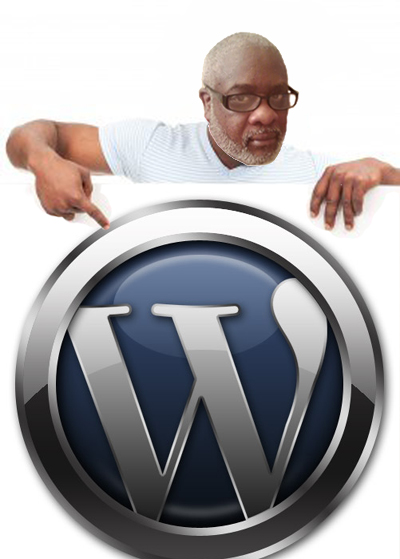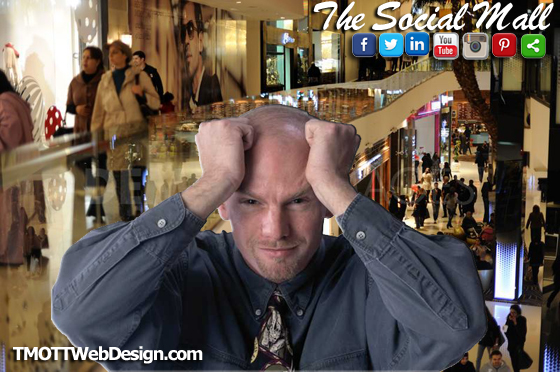
One of the biggest questions that I am always hit with is one that’s on the topic of the differences and advantages of having a websites that requires coding (such as WordPress) over WYSIWYG drop & drag type of websites (such as Wix).
My answer to them is that it simply boils down to how much control you want.
With systems such as Wix, you have very little control to the overall of how the website is coded. The code is secret, and you can only alter the very few things that they decide to allow you. If the SEO is bad, you have to live with it.
With self hosted platformed sites such as the WordPress acts as the engine for your website. You have your own copy of the code. The look and feel of the site can be 100% customized precisely that way you want it, so that your brand can shine through on your site and provide a unique experience to your visitors. What this means is that you can do a lot more with it. You basically have the option to get up under the hood and make it look and run exactly the way you want it to.
Want to add an event calendar, video gallery, Twitter Feed, Facebook Fan Box, and more to your site? WordPress makes this possible with plugins, most of which are free or very reasonably priced. There are over 10,000 plugins available that help you add all kinds of functionality to your site, like social media sharing, SEO, photo slideshows, and much more.
No more waiting for your web designer to make simple updates to your site. With WordPress, you have control of nearly every aspect of your site and can easily make those simple updates yourself. This is no doubt a very important feature, because another big question that I am always asked when designing a website for a client is, “Will I be able to make basic updates myself?” And of course to this my answer is always “yes”. In fact, one of things I do in completion of the designing of the site is create a specialized pdf file, to include screenshots, giving step-by-step instructions on making those basic and simple updates.
It’s also about the ability of being able to separate the content from the style by using a separate file called .CSS (cascading style sheet). WordPress and most CMS’s do this. This file requires a lot more know how, to get what you want, it’s also the bit most drag and drop builders are trying to sidestep, visual styling without touching a stylesheet.
In essence, WordPress sites are very scalable. You can have hundreds of thousands of pages or blog posts on your site and the performance of the site will not be compromised in the least.
So, what is the difference? Maybe the best way is to think of it like renting and owning. If you rent a house you can’t decorate, add extensions or even put nails into the wall. If you own you could knock the house down if you want. Now, that’s what I call control!












 There are countless avenues to marketing a business on the internet today. Believe me, I’ve been doing this internet and website thing for almost near 20 years now. However, one of the biggest things that I noticed, even today, is that when starting at the beginning stages of designing a client’s website, I ask them the very same question that I ask all my graphic design and website development clients, “So… what do you want your customers to see you as?”
There are countless avenues to marketing a business on the internet today. Believe me, I’ve been doing this internet and website thing for almost near 20 years now. However, one of the biggest things that I noticed, even today, is that when starting at the beginning stages of designing a client’s website, I ask them the very same question that I ask all my graphic design and website development clients, “So… what do you want your customers to see you as?”